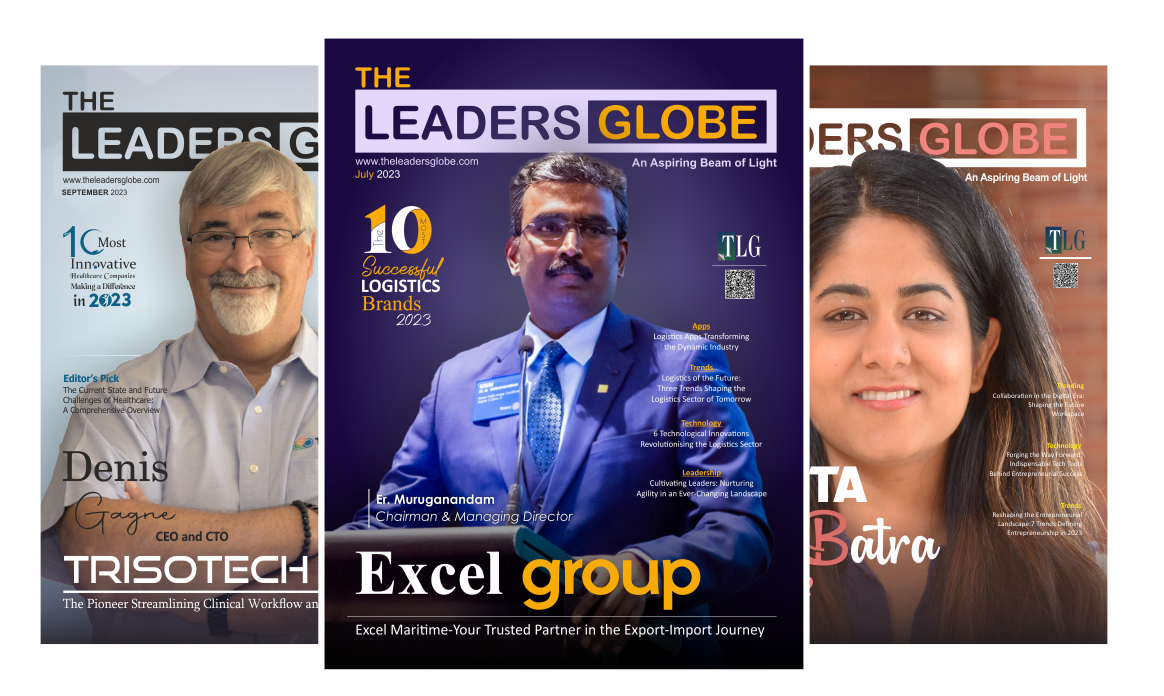Though there have been drastic changes in the history of women, contemporary industries still lack the participation and appreciation of women. In the science and technology industries too, women are often underrepresented. Unfortunately, this gender distinction has developed a stereotype perception of science and scientists. The perceptional belief that science is not innovative, artistic and instinctive and that scientists use only numbers, has contributed to the cultural situations that discourage women from pursuing careers in science. A survey conducted in 2018 exhibits that only 12% of candidates in computing and 22% in physics were girls.
Despite this, there exist a significant number of women in science and technology making a contributional impact on the industry. These groundbreaking women scientists are changing the world. Let us glimpse these extraordinary women who dared to close the gender gap and other issues to the forefront. From overcoming domination to breaking rules, to a revolutionary change, these women have a chronicle to tell. We need to assure that a greater number of women have the opportunity to develop their scientific interests.
Dame Jocelyn Bell Burnell, The Pioneer of Pulsars
Dame Jocelyn Bell Burnell is a British astrophysicist who discovered pulsars, the cosmic sources of peculiar radio pulses. Bell Burnell was born in Lurgan, Northern Ireland, in 1943. She attended the University of Glasgow, where she received a bachelor’s degree in physics. Later, she proceeded to the University of Cambridge, where she was awarded a doctorate in radio astronomy. As a research assistant at Cambridge, she aided in constructing a large radio telescope.
Discovery of pulsars (the rotating neutron stars that appear to ‘pulse’ since the beam of light they emit can only be seen when it faces the Earth) by Jocelyn Bell Burnell, together with her supervisor, Antony Hewish is considered to be one of the greatest astronomical discoveries of the 20th century. Antony in 1974 received the Nobel Prize in Physics for his role in the discovery.
Jocelyn since then has become a role model for female scientists throughout the world. She was appointed to CBE for services to astronomy in 1999. In November 2019 Jocelyn is to receive a $3m special Breakthrough prize in fundamental physics for her landmark work on pulsars and a lifetime of inspiring leadership in the scientific community. However, she has already announced her plans to donate the $3 million associated with the Prize to Britain’s Institute of Physics to fund scholarships for women, underrepresented groups and refugees interested in studying physics. Drawing from her own experiences as a woman in science, Bell Burnell says she wants the money to help counter the “unconscious bias” that still pervades the field.
In the past five decades, she has remained both an educator and researcher, serving as president of the Royal Astronomical Society and the first woman president of both the Institute of Physics and the Royal Society of Edinburgh.
Making her way to the upper echelons of science was not an easy journey for Bell Burnell. During those time in Britain, married women were not permitted to work. It was considered shameful if a married woman had to work; it meant her husband couldn’t earn enough. The societal pressure to abandon astronomy got worse once Bell Burnell had a son. So she followed her husband around for a couple of years, spending time in gamma-ray astronomy, x-ray astronomy, and infrared astronomy before finally setting up her own astrophysics group. Now, as a visiting professor at the University of Oxford, she’s been able to return to studying her first love neutron stars.
Elizabeth H. Blackburn, Creator of Molecular Nature of Telomeres
Elizabeth H. Blackburn is an American molecular biologist who discovered the molecular nature of telomeres. Elizabeth H. Blackburn was born in Hobart, Tasmania, Australia, in 1948. Blackburn attended both primary and secondary school in Tasmania and New South Wales. After graduation from high school, she attended the University of Melbourne on a full scholarship, earning both a B.Sc. and an M.Sc. She bagged her Ph.D. from the University of Cambridge in England.
Elizabeth H. Blackburn was awarded the 2009 Nobel Prize for Physiology or Medicine, along with American molecular biologist Carol W. Greider and American biochemist and geneticist Jack W. Szostak, for her discoveries elucidating the genetic composition and function of telomeres (segments of DNA occurring at the ends of chromosomes) and for her contribution to the discovery of an enzyme called telomerase.
In her abiding career, Dr. Blackburn published several scientific papers and received a variety of honorary degrees and awards. She and her research team at the University of California, San Francisco, are working with a variety of organisms and human cancer cells, with the goal of understanding telomerase and telomere biology.
Dr. Blackburn’s in her biographical for the Nobel Prize award in 2009, showcased that her interest in biology evolved at an early age. She mentioned that since childhood her fascination with animals, biology seemed to develop her interest in sciences. Inspired by the biography of Marie Curie, which she read and re-read as a child, it was clear that she ‘wanted to do science’.
In the words of Elizabeth Blackburn’s biographer, Catherine Brady: “Blackburn’s personal story is interwoven with so many others: how molecular biology evolved over the last thirty-five years; how a new scientific field is born; how basic science research contributes to clinical studies on human health by a circuitous route; and how women have made advances in a male-dominated profession despite enormous obstacles. Her service on the President’s Council on Bioethics illuminates the dangerous terrain in which science intersects with politics and offers a timely reminder of how scientific integrity contributes to our society’s welfare.”




